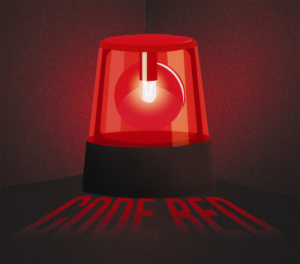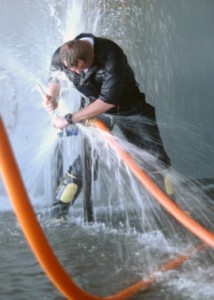In the fist part, I talked about problems in general and chronic problems. Now I’m going to discuss about the other type, the emergencies or acute problems.
Acute cases
 Acute cases are more critical. We are unable to fix the equipment until we identify the cause of the problem. This is an extremely tense situation, especially in fast paced environments. Usually after the most common repairing options have failed, technicians tend to start replacing every component in the system, sometimes all of them at once. This is highly ineffective and only complicates more the situation. Consequently, the most important thing in these cases is to adopt a methodical approach even if it seems to be slower. This approach is called Fault isolation Process. Continue reading
Acute cases are more critical. We are unable to fix the equipment until we identify the cause of the problem. This is an extremely tense situation, especially in fast paced environments. Usually after the most common repairing options have failed, technicians tend to start replacing every component in the system, sometimes all of them at once. This is highly ineffective and only complicates more the situation. Consequently, the most important thing in these cases is to adopt a methodical approach even if it seems to be slower. This approach is called Fault isolation Process. Continue reading

